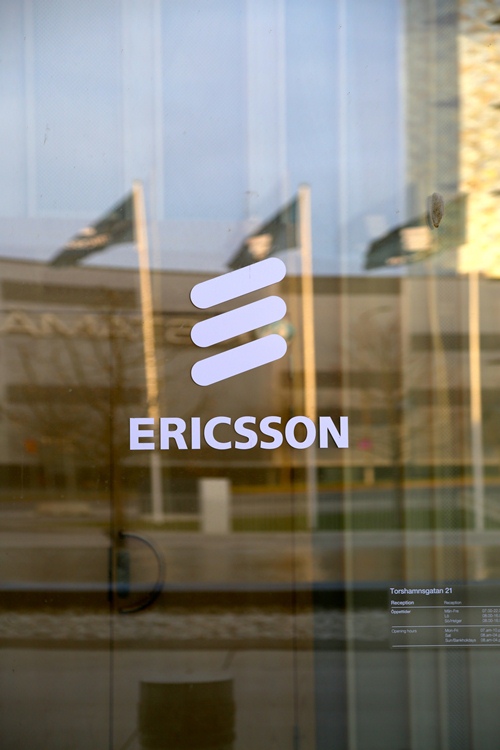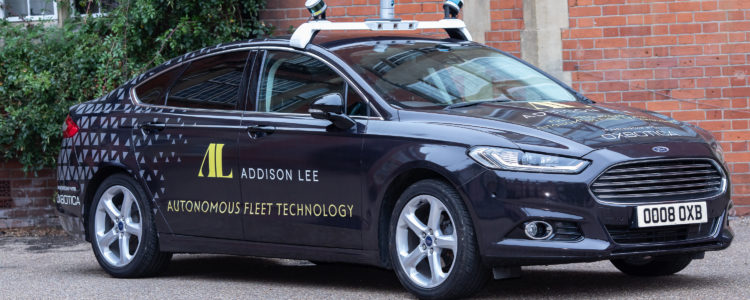In the regular new column on the evolving Internet of Things (IoT) ecosystem, Antony Savvas looks at a number of interesting industry developments.
Ericsson, Volvo Construction Equipment and Telia are operating Sweden’s first 5G network for industrial use at Volvo CE’s research and development facility in Eskilstuna, a municipality around 90km west of Stockholm. The initiative allows Volvo CE to test remote-controlled machines and autonomous products with the technology.
Operated with a test licence, the 5G network comprises Ericsson commercial hardware and software, including 5G New Radio and Core products from Ericsson’s 5G Platform.
The partners aim to create automated products for the remote control of construction machinery. They also aim to increase industry efficiency and sustainability through 5G testing. Volvo CE hopes to be able to apply the lessons learned from tests at Eskilstuna to its global activities.
Emergency standards
As for standards, Sierra Wireless has announced that its AirLink MG90 High-Performance Multi-Network Vehicle Router is now certified and approved for use on the UK’s Emergency Services Network (ESN).
The ESN is a dedicated network for emergency services that will serve potentially up to 300,000 individuals and connect up to 50,000 vehicles. The network provides secure and resilient mobile broadband data for routine and mission-critical emergency services use and will be the future platform for communications in the emergency services. Customers for the ESN include police, fire and rescue and ambulance services.
Emergency services will benefit from improved voice and data communications and priority network use.
Chip development
In a major chip development, Altair Semiconductor – a Sony Group company and a provider of cellular IoT chipsets – is partnering with ERM Advanced Telematics, a global provider of automotive technology and IoT solutions, to develop a new range of low-powered and installation-free automotive IoT solutions.
ERM’s new set of IoT and asset management offerings leverage Altair’s optimised cellular IoT chipsets to provide solutions for stolen vehicle recovery (SVR) and vehicle financial services. These will include platforms for automatic vehicle location and asset management applications using various sensors.
The ultra-low power consumption of Altair’s chipsets allows devices to be activated without having to be connected to and powered by the vehicle’s battery, significantly reducing installation costs.
According to Kfir Lavi, senior VP and deputy CEO at ERM Advanced Telematics, “As installation costs continue to rise in comparison to hardware prices, Altair’s unparalleled low power performance and extended battery life means we can provide on-board solutions with minimal installation requirements that are able to remain in the field for up to two years,”.
Better navigation
As for safe navigation, AMS, Ibeo and ZF Friedrichshafen are partnering to “make sure that LiDAR technology can be quickly and safely adopted by 2021”.
LiDAR is the optical sensing technology that measures the distance and direction of surrounding objects by illuminating them with a laser beam and detecting the reflection of the object. Its unique range and resolution properties complement radar and camera solutions to enable the ‘Holy Grail’ of the self-driving car industry – SAE level 5* or fully autonomous driving.
“LiDAR is already a key technology in the automotive sector,” says Ulrich Lages, CEO of Ibeo Automotive Systems, “and the combination of our solution know-how with ams’ VCSEL technology will create a tipping point for solid-state LiDAR in the automotive sector.”
“Being a first to market with solid-state LiDAR means ams brings a unique capability to Ibeo’s and ZF’s integration and deployment capabilities,” adds Alexander Everke, CEO of AMS.
New funding
Another camera development involves Israeli start-up TriEye, whose Short-Wave-Infra-Red (SWIR) sensing technology is able to see in adverse weather and night-time conditions. It has announced a US$17 million (€15 million) Series A funding round led by Intel Capital.
Other investors include Marius Nacht, co-founder of Check Point Software Technologies, and TriEye’s existing investor Grove Ventures, headed by TriEye chairman Dov Moran, the inventor of the USB flash drive.
TriEye’s “breakthrough” HD SWIR camera, whose initial samples are expected to enter the market in 2020, is designed to save lives on the roads. The camera will allow Advanced Driver Assistance Systems (ADAS) and autonomous vehicles to achieve “flawless vision capabilities” under common adverse weather or low-light conditions, promises the vendor.
Other approaches to solving the low visibility challenge have not been successful. Even when combining several sensing solutions such as radar, LiDAR and a camera, it is “impossible” to accurately detect and identify objects such as a cyclist at night under common adverse conditions, says TriEye.

“This limitation is impeding the wide-scale deployment and adoption of ADAS and autonomous vehicles,” it says. The defence and aerospace industries have already solved the low visibility challenge by using InGaAs-based SWIR cameras. However, until now, these cameras have been too expensive for mass-market applications.
Similar to a common digital camera, TriEye’s SWIR technology is CMOS-based, enabling the scalable mass-production of SWIR sensors and “reducing the cost by a factor of 1,000” compared to current InGaAs-based technology. As a result, the company says it can produce an affordable HD SWIR camera in a miniaturised format, supporting easy in-vehicle mounting behind the car’s windshield.
Transport simulation
Staying on the funding side of things, Immense Simulations, a spin-out from the UK government’s Catapult programme, has raised $4.6 million (€4.1 million) in a Series A funding round co-led by Amadeus Capital Partners and Japanese VC Global Brain Corporation, with participation from 31 Ventures.
The UK-headquartered start-up is developing a transport simulation platform with the help of a team of Silicon Valley-based engineers, with the aim of improving performance in transport networks and easing congestion.
It is doing this transportation modelling with a firm eye on how autonomous vehicles fit into the mix. The company’s “beta” offering has already been used to develop simulation models for San Francisco, Chicago, London, Manchester, Oxford, Cambridge and Montreal. In addition, it is working on projects with UK private fleet operator Addison Lee.
We’ll have another round-up of ecosystem developments next month.
The author is Antony Savvas, a freelance technology writer.
Comment on this article below or via Twitter: @IoTNow_OR @jcIoTnow











